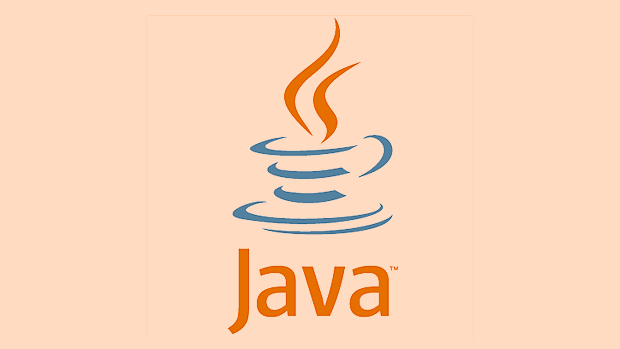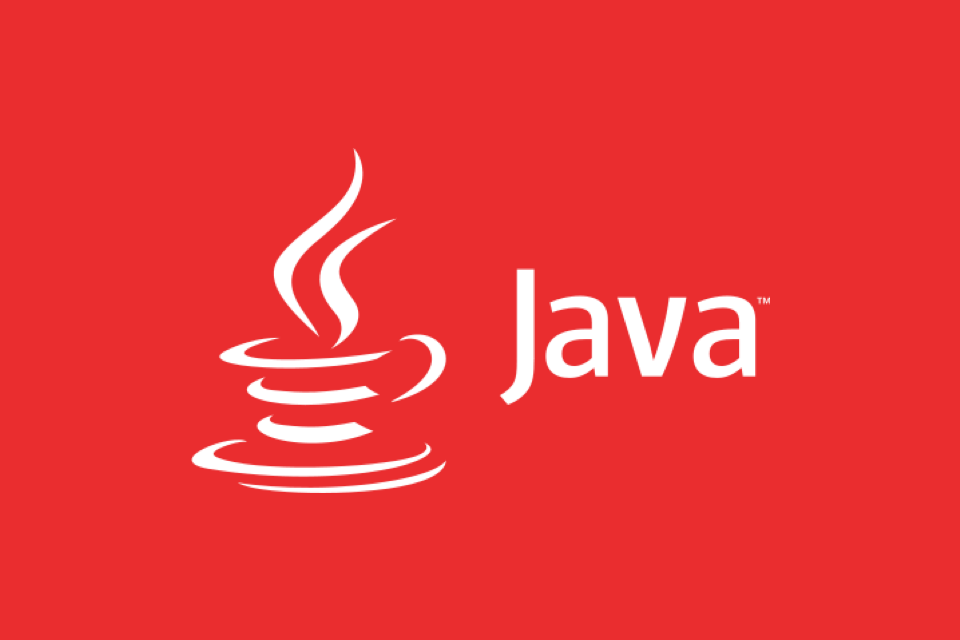在Java持久性层中优化数据库查询
1.解决N 1查询问题需使用JOIN FETCH或@EntityGraph;2.通过分页和游标分页限制结果集大小;3.合理配置实体映射与懒加载,避免加载过多关联数据;4.使用DTO投影仅查询所需字段;5.启用二级缓存并合理配置缓存策略;6.开启SQL日志并利用工具分析生成的SQL性能;7.复杂操作采用原生SQL提升效率;8.为常用查询条件创建数据库索引并使用执行计划分析;优化核心是减少数据库往返、降低数据传输量,并根据场景选择合适的获取策略,最终通过监控持续改进性能。

When working with Java applications that rely on a persistence layer—especially those using JPA (Java Persistence API) or Hibernate—database query performance can quickly become a bottleneck. Poorly optimized queries lead to slow response times, high memory usage, and scalability issues. Here’s how to effectively optimize database queries in a Java persistence layer.

1. Avoid the N 1 Query Problem
One of the most common performance pitfalls in JPA is the N 1 query problem, which occurs when retrieving a list of entities that have lazy-loaded associations.
For example, loading a list of Order entities and then accessing each order’s Customer one by one triggers a separate query for each customer:

List<Order> orders = entityManager.createQuery("SELECT o FROM Order o", Order.class)
.getResultList();
for (Order order : orders) {
System.out.println(order.getCustomer().getName()); // Triggers individual SELECT
}Solution: Use JOIN FETCH in your JPQL to eagerly load associations in a single query:
List<Order> orders = entityManager.createQuery(
"SELECT o FROM Order o JOIN FETCH o.customer", Order.class)
.getResultList();Alternatively, use Hibernate’s @EntityGraph for more reusable fetch plans:

@EntityGraph(attributePaths = "customer")
@Query("SELECT o FROM Order o")
List<Order> findAllWithCustomer();2. Use Pagination and Limit Result Sets
Fetching large datasets without limits can exhaust memory and slow down the database.
Always paginate results when dealing with large collections:
Pageable pageable = PageRequest.of(0, 20); // Page 0, size 20 Page<Order> orders = orderRepository.findAll(pageable);
Also consider using keyset pagination (cursor-based) for better performance on large datasets:
@Query("SELECT o FROM Order o WHERE o.id > :cursor ORDER BY o.id ASC")
List<Order> findNextBatch(@Param("cursor") Long cursor, Pageable pageable);This avoids OFFSET overhead in large tables.
3. Optimize Entity Mappings and Lazy Loading
- Mark relationships as
fetch = FetchType.LAZYunless you always need the associated data. - Avoid bidirectional relationships unless necessary.
- Be cautious with
@OneToManycollections: loading a parent with thousands of children can cause memory spikes.
Instead of:
@OneToMany(mappedBy = "order") private List<OrderItem> items; // Loads all items every time
Consider using a dedicated query to fetch items only when needed, or use @BatchSize to reduce round trips:
@OneToMany(mappedBy = "order") @BatchSize(size = 10) private List<OrderItem> items;
This loads up to 10 related items in a single query when accessed.
4. Use DTO Projections Instead of Full Entities
If you only need a subset of fields, don’t load the entire entity. Use DTO projections to select only what’s needed:
@Query("SELECT new com.example.OrderSummary(o.id, o.total, o.customer.name) "
"FROM Order o WHERE o.status = :status")
List<OrderSummary> findSummariesByStatus(@Param("status") String status);This reduces memory usage and network overhead by avoiding unnecessary data fetching.
You can also use interface-based projections or Spring Data’s native support for projections.
5. Enable and Tune the Second-Level Cache
Hibernate supports a second-level cache to store frequently accessed entities or collections across sessions.
Enable caching for entities that rarely change:
@Entity
@Cacheable
@org.hibernate.annotations.Cache(usage = CacheConcurrencyStrategy.READ_ONLY)
public class Product { ... }Use cache providers like Ehcache or Caffeine, and be cautious with READ_WRITE or NONSTRICT_READ_WRITE in high-concurrency environments.
Also, consider caching query results:
query.setHint("org.hibernate.cacheable", true);But only for queries with stable results.
6. Monitor and Analyze Generated SQL
Enable SQL logging to see what queries JPA actually generates:
spring.jpa.show-sql=true spring.jpa.properties.hibernate.format_sql=true logging.level.org.hibernate.SQL=DEBUG logging.level.org.hibernate.type.descriptor.sql.BasicBinder=TRACE
Use tools like Hibernate Statistics, P6Spy, or jOOQ’s Query Profiler to identify slow queries, redundant calls, or inefficient joins.
7. Use Native Queries for Complex Operations
Sometimes JPQL isn’t enough for performance-critical queries. For complex reporting or analytics, use native SQL:
@Query(value = "SELECT o.id, o.total, c.name FROM orders o JOIN customers c ON o.customer_id = c.id WHERE o.date > ?1",
nativeQuery = true)
List<Object[]> findOrderReports(LocalDate date);Or map native queries to DTOs using @SqlResultSetMapping or Spring Data’s Projections.
8. Leverage Database Indexes and Explain Plans
No amount of JPA tuning can fix missing database indexes.
- Index foreign keys used in joins.
- Index columns used in
WHERE,ORDER BY, andJOINclauses. - Use
EXPLAINorEXPLAIN ANALYZEto understand query execution plans.
Example:
CREATE INDEX idx_orders_customer ON orders(customer_id); CREATE INDEX idx_orders_date_status ON orders(order_date, status);
Final Thoughts
Optimizing database queries in a Java persistence layer isn’t just about writing better JPQL—it’s about understanding how JPA translates your code into SQL, managing associations wisely, and leveraging database capabilities. Focus on reducing round trips, minimizing data transfer, and using the right fetching strategy for each use case.
Basically: fetch less, cache smart, and always measure.
以上是在Java持久性层中优化数据库查询的详细内容。更多信息请关注PHP中文网其他相关文章!

热AI工具

Undress AI Tool
免费脱衣服图片

Undresser.AI Undress
人工智能驱动的应用程序,用于创建逼真的裸体照片

AI Clothes Remover
用于从照片中去除衣服的在线人工智能工具。

Clothoff.io
AI脱衣机

Video Face Swap
使用我们完全免费的人工智能换脸工具轻松在任何视频中换脸!

热门文章

热工具

记事本++7.3.1
好用且免费的代码编辑器

SublimeText3汉化版
中文版,非常好用

禅工作室 13.0.1
功能强大的PHP集成开发环境

Dreamweaver CS6
视觉化网页开发工具

SublimeText3 Mac版
神级代码编辑软件(SublimeText3)
 如何使用JDBC处理Java的交易?
Aug 02, 2025 pm 12:29 PM
如何使用JDBC处理Java的交易?
Aug 02, 2025 pm 12:29 PM
要正确处理JDBC事务,必须先关闭自动提交模式,再执行多个操作,最后根据结果提交或回滚;1.调用conn.setAutoCommit(false)以开始事务;2.执行多个SQL操作,如INSERT和UPDATE;3.若所有操作成功则调用conn.commit(),若发生异常则调用conn.rollback()确保数据一致性;同时应使用try-with-resources管理资源,妥善处理异常并关闭连接,避免连接泄漏;此外建议使用连接池、设置保存点实现部分回滚,并保持事务尽可能短以提升性能。
 如何使用Java的日历?
Aug 02, 2025 am 02:38 AM
如何使用Java的日历?
Aug 02, 2025 am 02:38 AM
使用java.time包中的类替代旧的Date和Calendar类;2.通过LocalDate、LocalDateTime和LocalTime获取当前日期时间;3.使用of()方法创建特定日期时间;4.利用plus/minus方法不可变地增减时间;5.使用ZonedDateTime和ZoneId处理时区;6.通过DateTimeFormatter格式化和解析日期字符串;7.必要时通过Instant与旧日期类型兼容;现代Java中日期处理应优先使用java.timeAPI,它提供了清晰、不可变且线
 比较Java框架:Spring Boot vs Quarkus vs Micronaut
Aug 04, 2025 pm 12:48 PM
比较Java框架:Spring Boot vs Quarkus vs Micronaut
Aug 04, 2025 pm 12:48 PM
前形式摄取,quarkusandmicronautleaddueTocile timeProcessingandGraalvSupport,withquarkusoftenpernperforminglightbetterine nosserless notelless centarios.2。
 用雅加达EE在Java建立静止的API
Jul 30, 2025 am 03:05 AM
用雅加达EE在Java建立静止的API
Jul 30, 2025 am 03:05 AM
SetupaMaven/GradleprojectwithJAX-RSdependencieslikeJersey;2.CreateaRESTresourceusingannotationssuchas@Pathand@GET;3.ConfiguretheapplicationviaApplicationsubclassorweb.xml;4.AddJacksonforJSONbindingbyincludingjersey-media-json-jackson;5.DeploytoaJakar
 在Java的掌握依赖注入春季和Guice
Aug 01, 2025 am 05:53 AM
在Java的掌握依赖注入春季和Guice
Aug 01, 2025 am 05:53 AM
依赖性(di)IsadesignpatternwhereObjectsReceivedenciesenciesExtern上,推广looseSecouplingAndEaseerTestingThroughConstructor,setter,orfieldInjection.2.springfraMefringframeWorkSannotationsLikeLikeLike@component@component,@component,@service,@autowiredwithjava-service和@autowiredwithjava-ligatiredwithjava-lase-lightike
 Java性能优化和分析技术
Jul 31, 2025 am 03:58 AM
Java性能优化和分析技术
Jul 31, 2025 am 03:58 AM
使用性能分析工具定位瓶颈,开发测试阶段用VisualVM或JProfiler,生产环境优先Async-Profiler;2.减少对象创建,复用对象、用StringBuilder替代字符串拼接、选择合适GC策略;3.优化集合使用,根据场景选型并预设初始容量;4.优化并发,使用并发集合、减少锁粒度、合理设置线程池;5.调优JVM参数,设置合理堆大小和低延迟垃圾回收器并启用GC日志;6.代码层面避免反射、用基本类型替代包装类、延迟初始化、使用final和static;7.持续性能测试与监控,结合JMH
 Java项目管理Maven的开发人员指南
Jul 30, 2025 am 02:41 AM
Java项目管理Maven的开发人员指南
Jul 30, 2025 am 02:41 AM
Maven是Java项目管理和构建的标准工具,答案在于它通过pom.xml实现项目结构标准化、依赖管理、构建生命周期自动化和插件扩展;1.使用pom.xml定义groupId、artifactId、version和dependencies;2.掌握核心命令如mvnclean、compile、test、package、install和deploy;3.利用dependencyManagement和exclusions管理依赖版本与冲突;4.通过多模块项目结构组织大型应用并由父POM统一管理;5.配
 了解Java虚拟机(JVM)内部
Aug 01, 2025 am 06:31 AM
了解Java虚拟机(JVM)内部
Aug 01, 2025 am 06:31 AM
TheJVMenablesJava’s"writeonce,runanywhere"capabilitybyexecutingbytecodethroughfourmaincomponents:1.TheClassLoaderSubsystemloads,links,andinitializes.classfilesusingbootstrap,extension,andapplicationclassloaders,ensuringsecureandlazyclassloa







